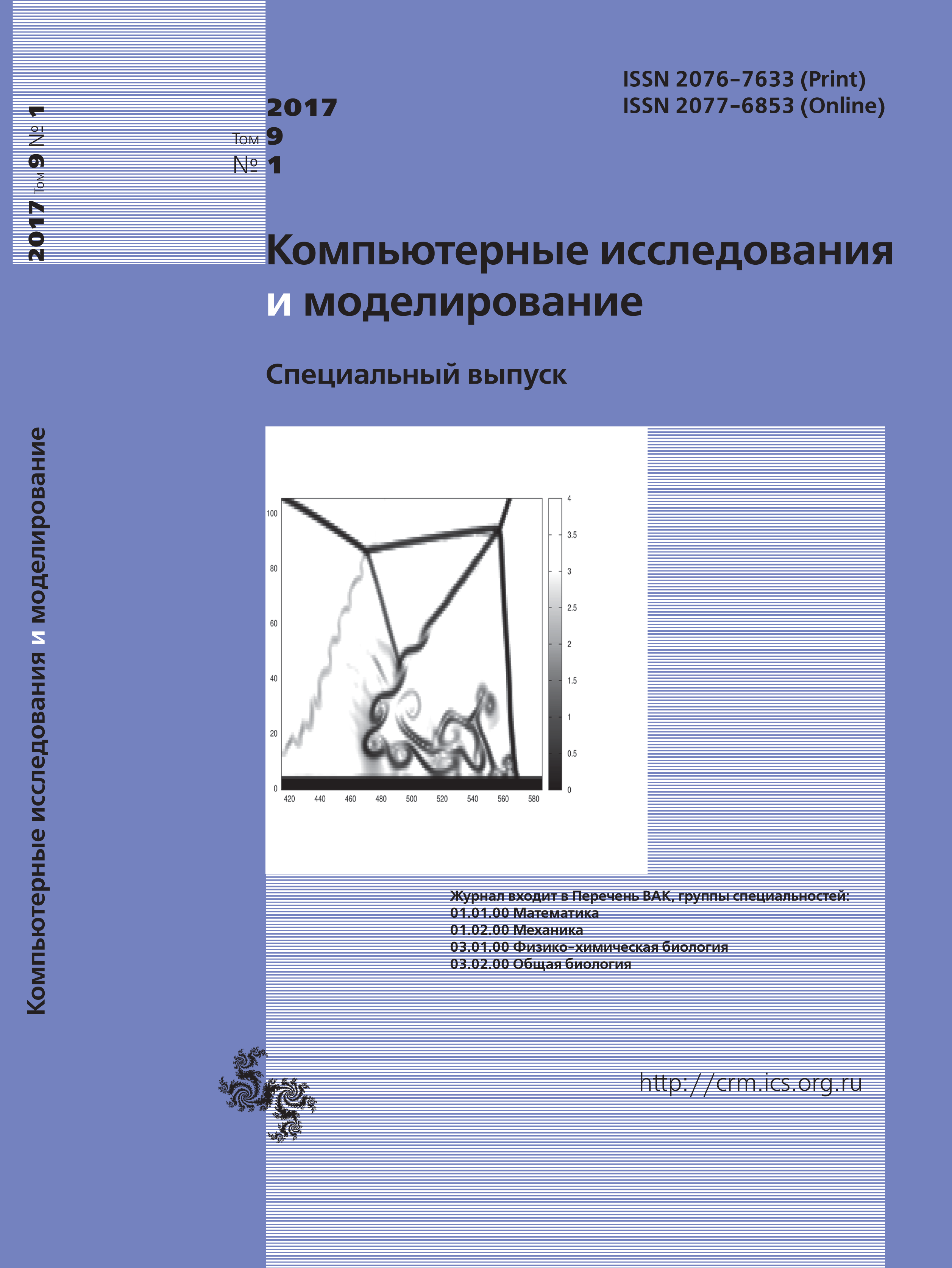All issues
- 2025 Vol. 17
- 2024 Vol. 16
- 2023 Vol. 15
- 2022 Vol. 14
- 2021 Vol. 13
- 2020 Vol. 12
- 2019 Vol. 11
- 2018 Vol. 10
- 2017 Vol. 9
- 2016 Vol. 8
- 2015 Vol. 7
- 2014 Vol. 6
- 2013 Vol. 5
- 2012 Vol. 4
- 2011 Vol. 3
- 2010 Vol. 2
- 2009 Vol. 1
Detection of influence of upper working roll’s vibrayion on thickness of sheet at cold rolling with the help of DEFORM-3D software
Technical diagnosis’ current trends are connected to application of FEM computer simulation, which allows, to some extent, replace real experiments, reduce costs for investigation and minimize risks. Computer simulation, just at the stage of research and development, allows carrying out of diagnostics of equipment to detect permissible fluctuations of parameters of equipment’s work. Peculiarity of diagnosis of rolling equipment is that functioning of rolling equipment is directly tied with manufacturing of product with required quality, including accuracy. At that design of techniques of technical diagnosis and diagnostical modelling is very important. Computer simulation of cold rolling of strip was carried out. At that upper working roll was doing vibrations in horizontal direction according with published data of experiments on continuous 1700 rolling mill. Vibration of working roll in a stand appeared due to gap between roll’s craft and guide in a stand and led to periodical fluctuations of strip’s thickness. After computer simulation with the help of DEFORM software strip with longitudinal and transversal thickness variation was gotten. Visualization of strip’s geometrical parameters, according with simulation data, corresponded to type of inhomogeneity of surface of strip rolled in real. Further analysis of thickness variation was done in order to identify, on the basis of simulation, sources of periodical components of strip’s thickness, whose reasons are malfunctions of equipment. Advantage of computer simulation while searching the sources of forming of thickness variation is that different hypothesis concerning thickness formations may be tested without conducting real experiments and costs of different types may be reduced. Moreover, while simulation, initial strip’s thickness will not have fluctuations as opposed to industrial or laboratorial experiments. On the basis of spectral analysis of random process, it was established that frequency of changing of strip’s thickness after rolling in one stand coincides with frequency of working roll’s vibration. Results of computer simulation correlate with results of the researches for 1700 mill. Therefore, opportunity to apply computer simulation to find reasons of formation of thickness variation of strip on the industrial rolling mill is shown.
Copyright © 2017 Skripalenko M.N., Skripalenko M.M., Tran Ba Hui , Ashuhmin D.A., Samusev S.V., Sidorov A.A.
- , , . Process modelling of flat rolling of steel. // Advances in Materials and Processing Technologies. — 2019. — V. 5, no. 1. — P. 104. DOI: 10.1080/2374068X.2018.1526471
Indexed in Scopus
Full-text version of the journal is also available on the web site of the scientific electronic library eLIBRARY.RU
The journal is included in the Russian Science Citation Index
The journal is included in the RSCI
International Interdisciplinary Conference "Mathematics. Computing. Education"







